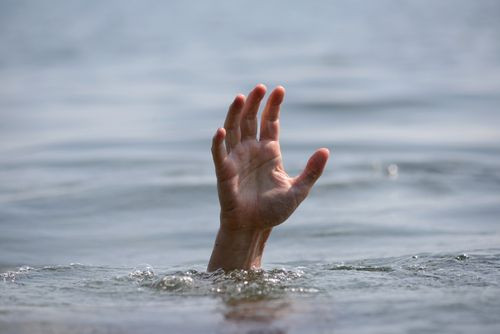Middle Aged Drowning Deaths On The Rise? Gender And Racial Disparities Also Revealed In CDC Report

A new report issued by the Centers for Disease Control and Prevention found the number of deaths from drowning in the U.S. has gone down over a 12-year span ending in 2010 for all age groups except one: people between the ages of 45 and 84. Unusually, drowning deaths rose among this group by nearly 10 percent. It is unclear whether the swollen rate among middle-aged people can be accounted for by an aging Baby Boom population, as the number of people entering this age range has increased during the time span of the report.
From 1999 through 2010, the CDC recorded a total of 46,419 deaths from unintentional drowning (including boating), an average of 3,868 deaths per year or about 10 people each day. Gender strongly figured into all equations, with nearly 80 percent of those who died being male.
In the U.S., drowning has become a major cause of death from unintentional injury among children aged 1 to 4 years. Overall, these youngest of children had the highest drowning death rate, while older children and teens (5- to 19-year-olds) had the lowest rates. Some racial disparities exist within this group as well. Between 2005 and 2009, the unintentional drowning rate for African-American children between 5 and 14 was almost three times that of European American children in the same age range.
While numbers have changed, the general pattern of drowning in particular locations by sex and age remain consistent with previous studies. “More than one-half of all drowning deaths for males occurred in natural water compared with only one-quarter of all drowning deaths for females,” wrote Jiaquan Xu of the CDC's National Center for Health Statistics, Mortality Statistics Branch. Some of the patterns highlight natural dangers. Drowning in the bath tub, for instance, more commonly occurs with infants and elderly adults (85 and older). For children between 1 and 4, swimming pools are the main hazard, whereas natural water was the scene of death for people between 5 and 84. Overall, natural water was the most frequent drowning location, accounting for 47.2 percent of all deaths (including while boating).
Deaths from drowning revealed a unique timing. They were more likely to occur on a weekend than on a weekday, with an average of 13.8 deaths per weekend day compared with 9.3 deaths per weekday. More than a third of all drowning deaths occurred on weekends.
Among the main reasons cited as influences elevating the risk of drowning were alcohol use, lack of supervision, no barriers (around pools or lakes), failure to wear a life jacket, and no swimming ability. According to the CDC, participation in formal swimming lessons has been shown to reduce the risk of drowning among children under 4. Worldwide, drowning ranks as the third leading cause of death from unintentional injury, with low- and middle-income countries account for 95 percent of all drowning deaths.
Source: Xu JQ. Unintentional drowning deaths in the United States, 1999–2010. National Center for Health Statistics. 2014.



























